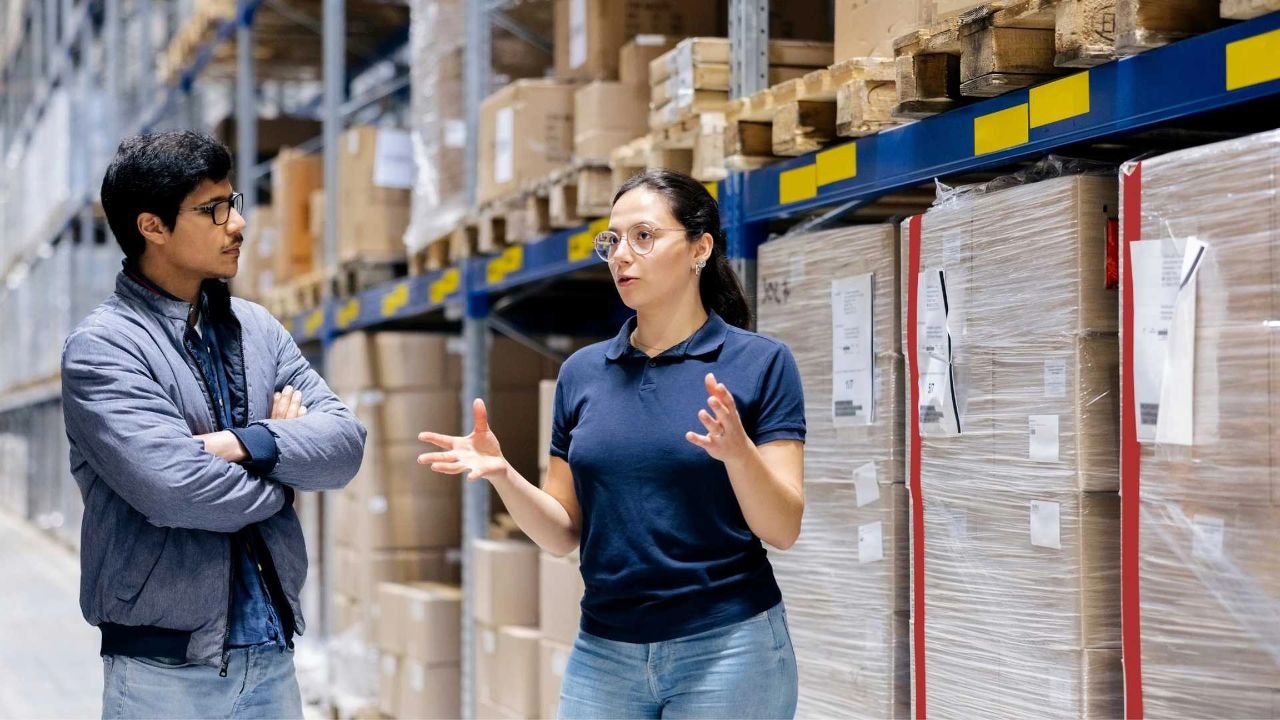Over the past decade, e-commerce has revolutionized the way Indians shop. From electronics and apparel to groceries and daily essentials, everything is now just a click away. While metropolitan cities were the first to experience this digital shopping boom, the real story today lies in tier-2 and tier-3 cities. As online shopping spreads rapidly across smaller towns, logistics is undergoing a massive transformation. The growing demand in these regions has pushed companies to expand their networks, develop smarter delivery systems, and adapt to the unique challenges of smaller markets.
The Rise of Online Shopping Beyond Metros
Until a few years ago, e-commerce activity was largely concentrated in metros like Delhi, Mumbai, Bengaluru, and Hyderabad. However, rising internet penetration, affordable smartphones, and low-cost data have enabled millions in smaller cities to shop online. According to industry reports, tier-2 and tier-3 cities now contribute significantly to overall e-commerce sales, sometimes even surpassing metro orders during festive seasons. Consumers in these regions are demanding the same level of service, speed, and product variety as their metro counterparts, forcing logistics providers to rethink their strategies.
Challenges in Logistics for Smaller Cities
Limited Infrastructure
Unlike metros with advanced infrastructure, many tier-2 and tier-3 cities face issues like poor road connectivity and lack of organized warehousing facilities. This slows down delivery and increases transportation costs.
High Delivery Costs
Serving smaller towns often involves covering longer distances with fewer deliveries per route, making last-mile logistics expensive for companies.
Address and Navigation Issues
Unstructured addresses and lack of proper mapping make it difficult for delivery agents to locate customers accurately, resulting in delays or failed deliveries.
Workforce Availability
Recruiting and retaining skilled delivery staff is another challenge in smaller towns, where opportunities and training may be limited.
Innovative Solutions Transforming Logistics
Expansion of Warehousing Networks
E-commerce companies are setting up fulfillment centers and mini-warehouses closer to customers in tier-2 and tier-3 cities. These facilities reduce delivery times and allow businesses to store fast-moving goods near their target markets.
Use of Technology and Digital Tools
GPS-enabled tracking, digital mapping, and real-time updates are helping delivery agents overcome navigation challenges. Customers also benefit from live tracking and flexible delivery options, which improve satisfaction.
Growth of Third-Party Logistics Providers
Third-party logistics companies are stepping in to bridge gaps by offering specialized services in smaller markets. Their local knowledge and established networks make them valuable partners for e-commerce giants.
Micro-Delivery Hubs
Local delivery hubs are becoming popular in smaller cities. These hubs act as intermediaries between main warehouses and customers, reducing last-mile delivery costs and speeding up the process.
Rise of Hyperlocal Logistics
Hyperlocal delivery models, where goods are delivered from nearby stores directly to customers, are gaining traction in tier-2 and tier-3 cities. This model not only supports faster delivery but also boosts local businesses.
Impact on Consumer Experience
The growth of logistics in smaller cities has directly enhanced the customer experience. Shoppers in these regions now enjoy faster deliveries, wider product availability, and more reliable service. Cash-on-delivery remains a preferred option, but digital payments are steadily growing as trust in online platforms increases. The ability to order goods from the comfort of their homes has transformed consumer behavior, creating a more digitally connected society.
Opportunities for Businesses
The untapped potential of smaller cities presents immense opportunities for e-commerce companies. Expanding into these regions allows businesses to reach new customers and diversify revenue streams. Logistics providers also benefit from building long-term networks in emerging markets. As demand grows, tier-2 and tier-3 cities are expected to drive the next phase of India’s e-commerce growth.
The Road Ahead
By 2025, logistics in smaller cities will continue to evolve with advanced technologies like AI-driven route planning, electric delivery vehicles, and drone-based deliveries. Government initiatives to improve road infrastructure and promote digital adoption will further support this growth. Collaboration between e-commerce platforms, logistics providers, and local businesses will be crucial in meeting the rising expectations of these consumers.
Conclusion
The growth of e-commerce in tier-2 and tier-3 cities is reshaping India’s logistics landscape. Despite challenges such as infrastructure gaps and high delivery costs, innovative solutions are enabling faster, more efficient, and customer-friendly logistics. As these smaller cities become the new engines of e-commerce demand, logistics providers must adapt quickly to stay competitive. The transformation happening today will define the future of India’s retail and supply chain ecosystem, ensuring that convenience and connectivity reach every corner of the country.
